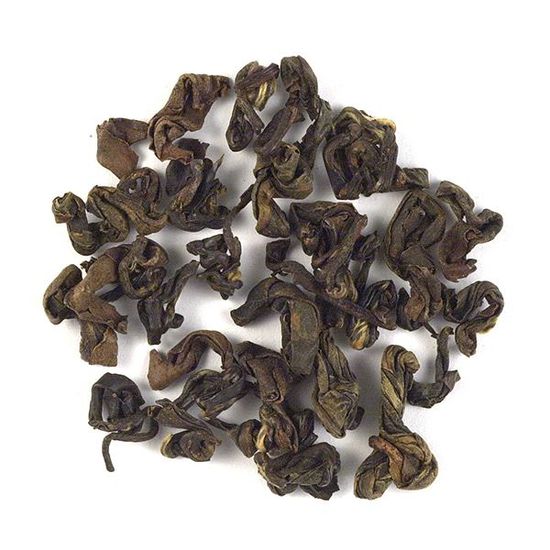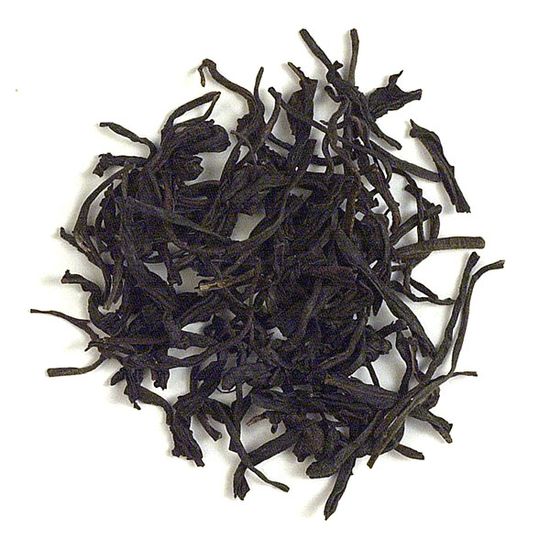Purple Tea
Purple Tea
2 Results
Purple tea is not a tea category like black, green, white or Oolong tea. It is a specific tea cultivar of Camellia sinensis assamica where the tea bushes flush purple leaves due to a natural genetic mutation in the leaf pigmentation. This beautiful red-purple leaf color can be attributed to a high concentration of anthocyanin, a water-soluble natural pigment that is the same flavonoid and powerful antioxidant found in berries, grapes, and many purple fruits and vegetables.
In Kenya, the first purple tea cultivar was discovered approximately 30 years ago. The Tea Research Foundation of Kenya (TRFK) was able to cultivate purple cuttings and pioneer the creation of a new cultivar, TRFK 306. After years of extensive research, they officially released the seedlings to small scale farmers in 2011. East of the Great Rift Valley, this tea is usually grown at a high altitude and in the colder conditions of the Mount Kenyan region of Africa.
In Kenya, the first purple tea cultivar was discovered approximately 30 years ago. The Tea Research Foundation of Kenya (TRFK) was able to cultivate purple cuttings and pioneer the creation of a new cultivar, TRFK 306. After years of extensive research, they officially released the seedlings to small scale farmers in 2011. East of the Great Rift Valley, this tea is usually grown at a high altitude and in the colder conditions of the Mount Kenyan region of Africa.
In Yunnan province, China, the Menghai Tea Research Station was originally founded in 1938. One of their big successes in the 1980s was the development of a new purple bud varietal, Zi Juan, (“Purple Beauty”), a Camellia sinensis assamica cultivar that can tolerate varying altitudes, soil conditions, and heat.
With these purple tea varietals, an abundance of sun exposure causes an increase in anthocyanin, a natural defense to the strong sunlight, which in turn increases the rich red-purple leaf color. The rise in anthocyanin also increases the antioxidant power. Antioxidants help delay or prevent cell damage within the human body and are therefore considered to be beneficial to health and wellness.
Whether the purple leaves are oxidized or not, a pronounced stone fruit character with a complex flavor profile may be found in a cup of purple tea.
With these purple tea varietals, an abundance of sun exposure causes an increase in anthocyanin, a natural defense to the strong sunlight, which in turn increases the rich red-purple leaf color. The rise in anthocyanin also increases the antioxidant power. Antioxidants help delay or prevent cell damage within the human body and are therefore considered to be beneficial to health and wellness.
Whether the purple leaves are oxidized or not, a pronounced stone fruit character with a complex flavor profile may be found in a cup of purple tea.

